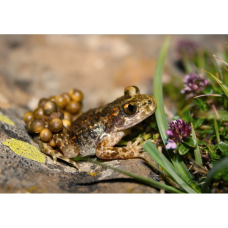Séminaire de l’ISYEB, Allan Debelle, Post-doc CBGP, Montpellier

Les séminaires de l'ISYEB

Les séminaires de l'ISYEB
How to become a successful Drosophila male in 10 lessons
Sexual selection has the ability to drive the evolution of key characteristics in females and males, leading to the emergence of fine-tuned preferences for conspicuous ornaments and displays, to the rise of extravagant weapons and competitive behaviors, and even potentially to the generation of new species.
In this presentation, I will show how I use Drosophila populations to understand the operation of sexual selection on living organisms in the lab as well as in the field. Using an experimental evolution approach, I will show how male mating success in the lab can increase to a point where it even overrides the assortative mating occurring within population, and investigate in detail the evolutionary changes behind this boosted performance. Using microcosms, I will demonstrate how the patterns of sex-specific selection can dramatically change between laboratory and field conditions, showing how studying the action of selection in an ecologically realistic environment can be valuable. Finally, I will illustrate a potential new way of using the action of sexual selection to improve pest management methods against fruit flies, with the aim to increase the field performance of mass-reared males used in sterile insect programs.



